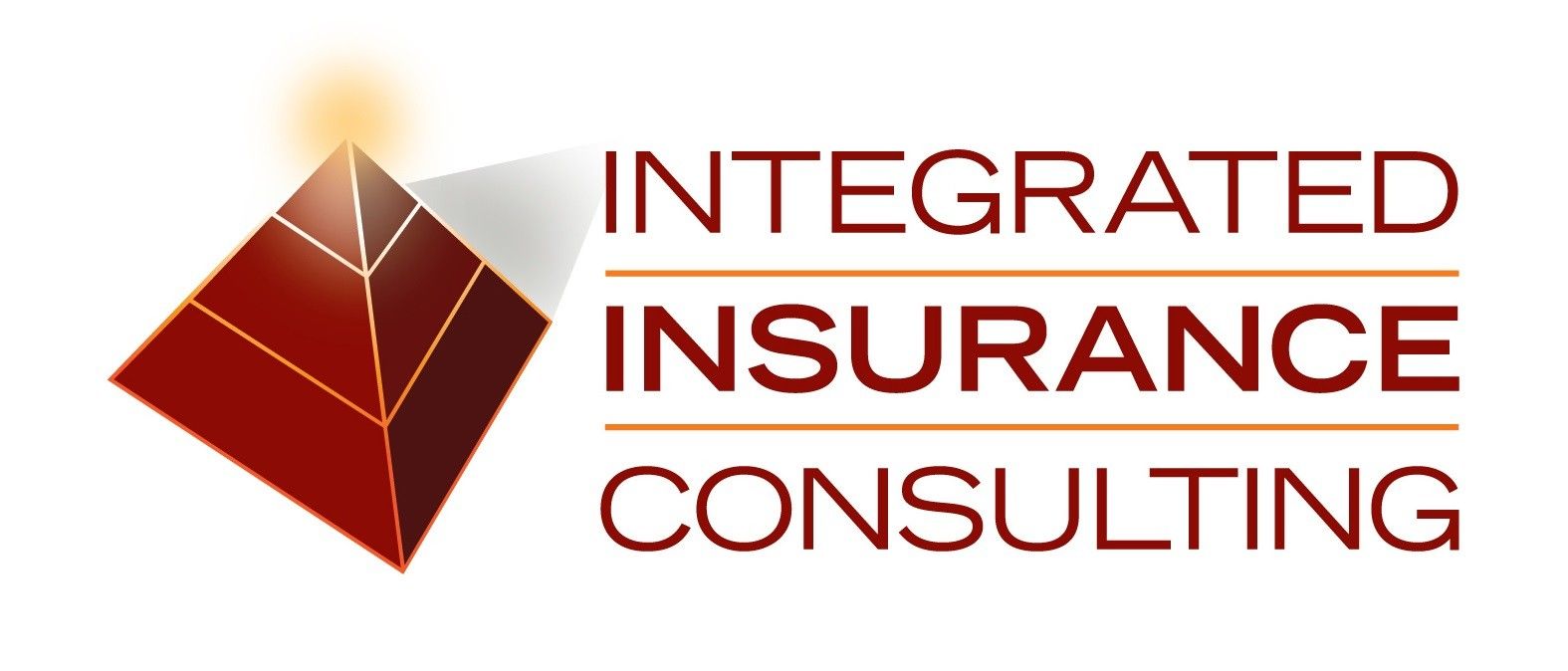2023 Tax Guides
Below are two tax guides for your reference:
2023 Tax Guide (2pg)
2023 Tax Guide (5pg)
Secure 2.0 Act of 2022 Resources
In the most recent spending spree by the government, they adjusted retirement plan rules. I have provided links below for a few versions discussing these changes.
Act Key Provisions (2pg)
Detailed Highlights (5pg)
In-Depth Review (19pg)
Tax Advantaged/Tax-Free Income in Retirement
Retirement income planning is challenging. It isn’t just the amount of income someone has; it is the amount they get to keep net of taxes. The theory that someone will be in a lower income tax bracket when they retire is likely less true than ever. With the heavy government spending going on, there will likely be higher taxes to pay for it all. If your clients put all their savings in qualified plans, they won’t have any option but to pay taxes.
I understand the value of a Roth Conversion, but some may want to consider avoiding the need to do so. What if your client could save an unlimited amount of money for retirement, have it grow income tax free and be able to take distributions with partial or no taxes?
This idea is best suited for younger high-income clients who are already maxing out their retirement contributions and need life insurance protection. They might also consider cutting back on their unmatched max contributions and redirecting some of their savings to life insurance.
A 45-year-old female putting $20,000/year for 20 years into a life insurance policy, could take a tax-free income of $40,000/year starting at age 65, continuing to age 100. This option is based upon the policies’ performance, and it is important to make sure the policy is still in force when she passes. If you don’t want to manage the situation at income time, she can decide to annuitize the cash value in her policy at age 65 and get $48,000 for the rest of her life. $28,000 of this amount would be taxable for 25 years, and the full amount would be taxable thereafter.
The bottom line is the insurance funding provides control of future “NET” income. If you use the surrender to basis and borrow process to take distributions from a life insurance policy there is no tax, and if she prefers to transfer the cash value to a SPIA it is partially tax-free for most of her retirement. Launch the following links to learn more.
Don’t tax me again
Life Insurance Taxation
Posted in Uncategorized

